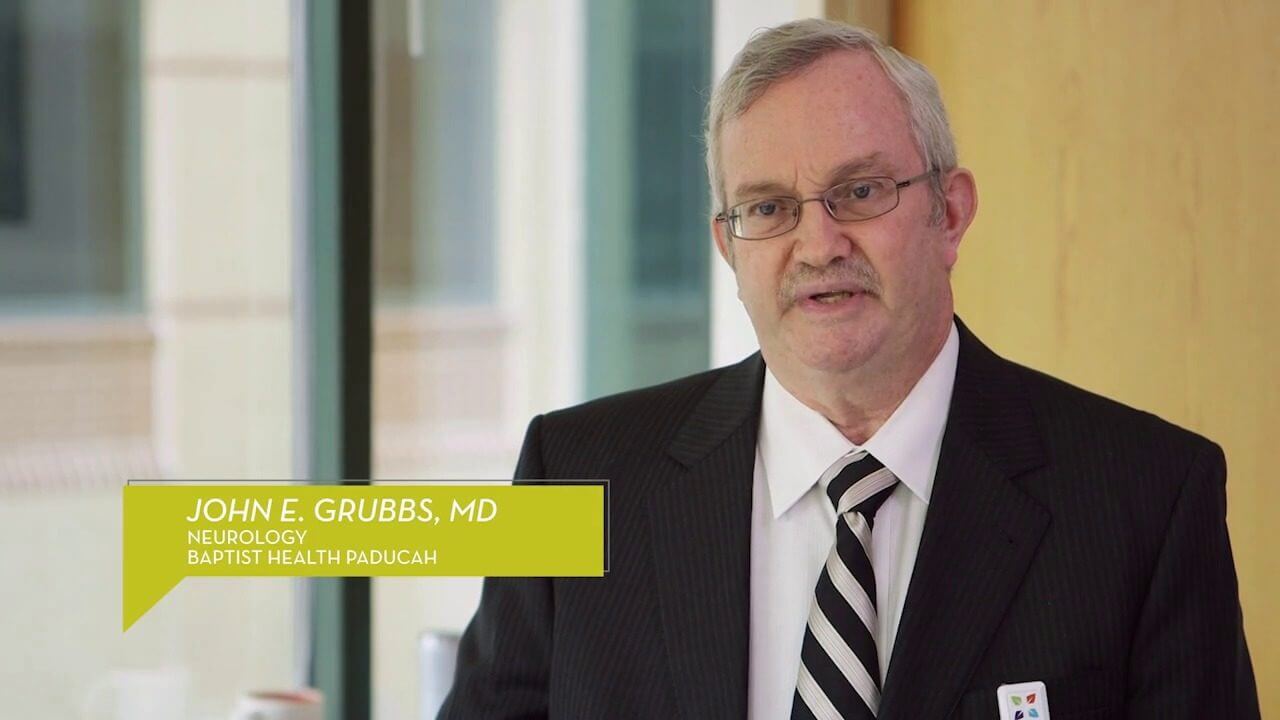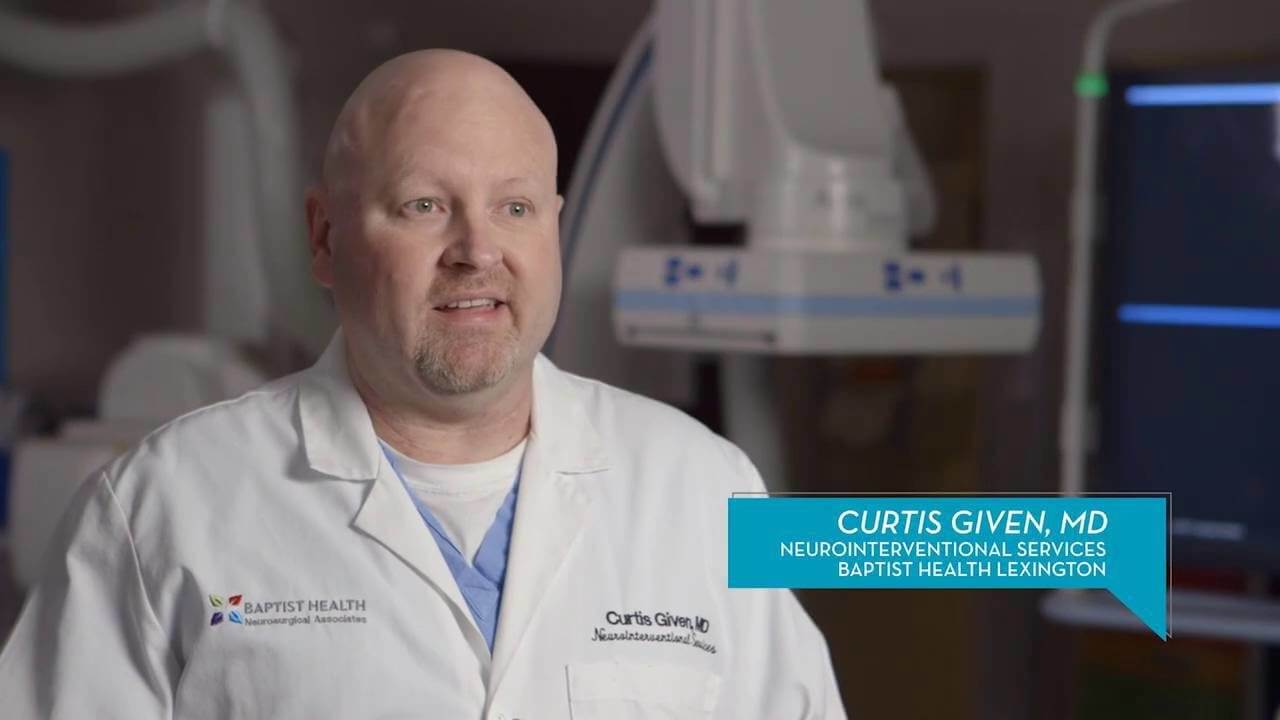Stroke Prevention with the Watchman Device in Paducah
Baptist Health Paducah: Stroke Prevention with the Watchman Device
The Watchman device works to reduce the risk of stroke by treating atrial fibrillation without using blood thinners. Learn more about the Watchman procedure and how it works to prevent strokes.
Stroke Prevention with the Watchman Device HealthTalks Transcript
Martin Rains, MD
Atrial fibrillation is an irregular heart rhythm that puts patients at risk for stroke. The traditional treatment method for patients who are at risk of stroke is a blood-thinning medicine, which is very effective at preventing stroke. The downside is, it causes bleeding concerns and problems.
Ninety-one percent of strokes with atrial fibrillation come from a particular area of the heart, which otherwise contributes nothing to the function of the heart. This device, the Watchman device, is implanted into that specific area of the heart to effectively exclude it from circulation. Blood doesn’t get in; therefore, blood doesn’t clot and get out, which is how stroke arises.
The procedure itself is a minimally invasive surgical procedure that is catheter-based, done in an operating room, where patients undergo a procedure for one to two hours in which the device itself is implanted into the heart.
The real testament to the impact of this procedure comes down the road. Forty-five days after the procedure, we repeat an imaging session, looking at the device within the heart. If it is healed, and there is no blood flow into this particular area of the heart, nor out of it, then we can stop the blood-thinning medications. That really is when the impact in their lives occurs — when they can essentially obtain that same reduction in risk for stroke, having atrial fibrillation, that they would with blood thinners, but not need the blood thinners and the risks associated with those.



